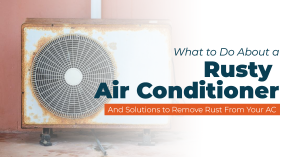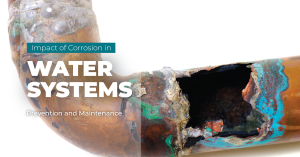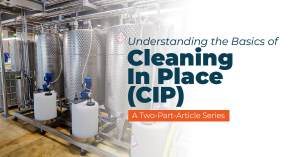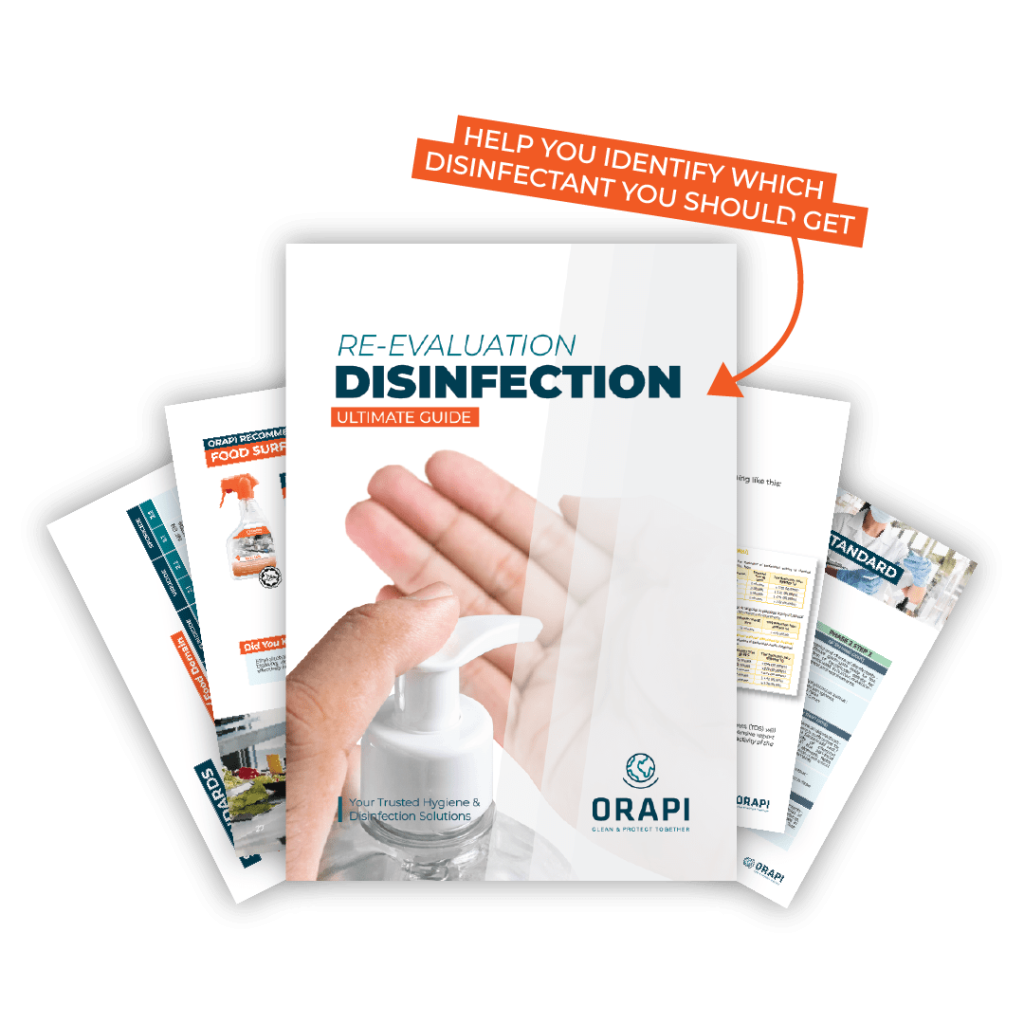
Cleaning products often contain harmful chemicals, including endocrine disruptors, which can adversely affect your health. When you clean your spaces, it’s not only about aesthetics but also about maintaining hygiene and safeguarding your well-being. It would be unfortunate if the products you rely on for cleanliness end up compromising your health. This article will provide guidance on how to address this concern.
What Are Endocrine Disruptors
Endocrine disruptors, or Endocrine-disrupting chemicals (EDCs), include a group of both naturally occurring and synthetic compounds. These substances can imitate, obstruct, or disrupt the hormonal functions of the endocrine system, which in turn regulate various biological processes, particularly those related to reproduction. Exposure to these chemicals can lead to a range of health complications.

Sources of Endocrine Disruptors
Endocrine disruptors can be detected in a wide range of everyday products, such as certain cosmetics, food and beverage packaging, toys, carpeting, and pesticides. Some chemicals used as flame retardants may also possess endocrine-disrupting properties. Exposure to these chemicals can happen through inhalation, consumption, skin contact, and water exposure. While it’s challenging to entirely eliminate or eliminate exposure to EDCs, you can still make informed decisions to minimise your exposure and mitigate potential health risks.
Endocrine Disruptors in Cleaning Chemicals
Endocrine disruptors lack strict classification and can encompass a wide range of chemicals when present in significant concentrations. The following chemicals, commonly found in cleaning products, are believed to have the potential to induce endocrine disruption when encountered at levels typically associated with occupational exposure, such as through inhalation, ingestion, or skin absorption.
Cyclosiloxanes
Usage
Examples include Cyclosiloxanes (e.g., hexamethylcyclotrisiloxane and dodecamethylcyclohexasiloxane). These cyclical volatile methylsiloxanes are incorporated into various products to enhance consistency and even distribution. They may also serve as solvents for dissolving other components.
Ingredient Listing
Cyclosiloxanes are typically not individually listed on ingredient labels, but they may be identified under terms such as ‘Cyclomethicone,’ ‘Cyclopentasiloxane,’ or ‘D5.’
Endocrine Disruption
Cyclosiloxanes exhibit weak estrogenic properties.
Supporting Evidence
Cyclosiloxanes exhibit extended half-lives, both in the atmosphere (lasting 10-16 days) and within human tissues (persisting for up to 160 hours, nearly seven days). In rat studies, octamethylcyclotetrasiloxane (D4) demonstrated a mild interaction with estrogen receptors. Although the implications of this discovery are not yet fully understood, the prolonged half-life raises concerns about the potential for these chemicals to elevate the risk of cancer.
Glycol Ethers
Usage
Examples include 2-butoxyethanol and 2,2-methoxyethoxy ethanol. These compounds serve various purposes in cleaning products, functioning as both solvents for other ingredients and as surfactants when directly added.
Ingredient Listing
Look for terms such as ‘nonionic surfactants’ or ‘glycols’ in the ingredient listing on product packaging.
Endocrine Disruption
They are associated with reduced fertility and have the potential to enhance the effects of other endocrine disruptors.
Supporting Evidence
There are more than 50 commonly used glycol ethers, and their metabolites have been shown to activate nuclear receptors, possibly amplifying the effects of other endocrine disruptors. While exposure to glycol ethers has been linked to reduced sperm counts and spontaneous abortion, further research is needed to establish a conclusive correlation.

Phthalates
Usage
Examples include DEHP, DEP, DBP. Phthalates are added to plastics and used as solvents in cleaning products. They often leach from plastic materials found in various consumer goods.
Ingredient Listing
They are typically listed under ‘fragrances’ or ‘perfumes’ as solvents for dissolving fragrance components in the ingredient listing.
Endocrine Disruption
Phthalates are categorised as antiandrogens, opposing testosterone and potentially leading to reduced semen quality and abnormal male development.
Supporting Evidence
Phthalates are widely detected in human urine samples in Western countries, and they have the most substantial evidence base for endocrine disruption. Their antiandrogenic properties can have implications for male reproductive health and development [7].
Parabens
Usage
Examples include methyl paraben, propyl paraben. Parabens are employed in cleaning products as preservatives and antimicrobials, extending product shelf life.
Ingredient Listing
You can find them listed under ‘preservatives’ in the ingredient listing on the product packaging.
Endocrine Disruption
Parabens exhibit estrogenic properties, potentially affecting hormonal balance.
Supporting Evidence
Parabens are nearly ubiquitous in households, with nearly 100% of urine samples containing them. These compounds and their metabolites possess estrogenic properties and may surpass natural estrogen levels during childhood, potentially impacting development.
Alkylphenols
Usage
Examples nonylphenols, octyl phenols. Common nonionic surfactants are used for stain and dirt removal, as well as solvents for other ingredients in cleaning products.
Ingredient Listing
Look for ‘nonionic surfactants’ or ‘phenols’ in the ingredient listing on product packaging.
Endocrine Disruption
Alkylphenols exhibit weak estrogenic properties.
Supporting Evidence
Studies in rats have demonstrated weak estrogenic effects of alkylphenols. High-dose exposure in rats led to reduced cognitive function and decreased offspring in pregnancy, but the effects of low concentrations in humans remain unclear.
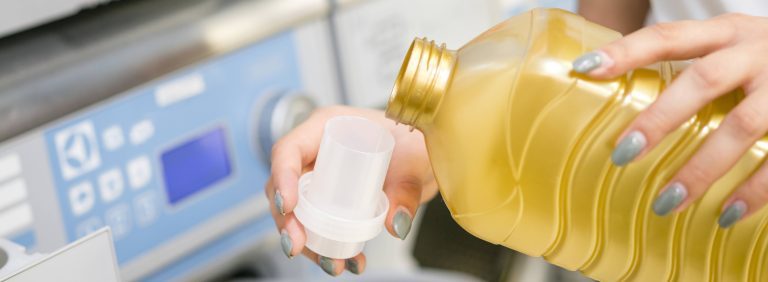
Ethanolamides
Usage
Examples include monoethanolamine, diethanolamine. These compounds serve as emulsifiers, facilitating the mixing of water- and fat-soluble ingredients in laundry detergents and other cleaning products.
Ingredient Listing
You may find them listed as ‘nonionic surfactants,’ ‘monoethanolamine,’ or ‘MEA’ in the ingredient listing on product packaging.
Endocrine Disruption
Ethanolamides are correlated with type 1 diabetes but lack strong evidence for endocrine disruption.
Supporting Evidence
While ethanolamides are often associated with other endocrine disruptors, solid evidence for these effects is limited. On the other hand, they are known to increase the incidence of asthma and can be carcinogenic at higher concentrations. A byproduct of ethanolamides, ‘nitrosamines,’ has been linked to diabetes due to its toxic effects on pancreatic β-cells
Bisphenol A (BPA)
Usage
BPA is found in various plastics, including epoxy resins and polycarbonate plastics, and is present in numerous household items, including cleaning products and children’s toys.
Ingredient Listing
Look for ‘BPA’ listed as an ingredient in the ingredient listing on the product packaging.
Endocrine Disruption
BPA affects thyroid function, exhibits estrogenic properties, and influences dopamine function.
Supporting Evidence
BPA is widely detected in human urine samples. It interferes with thyroid receptors, diminishing the effects of thyroid hormones. Additionally, BPA mimics estrogen and dopamine actions, potentially impacting infant development. In 2017, the European Chemicals Agency raised its rating of BPA to ‘very high concern.’
Triclosan (TCS)
Usage
Triclosan functions similarly to parabens, inhibiting the growth of bacteria and fungi to extend product shelf life.
Ingredient Listing
Look for ‘preservatives’ in the ingredient listing on product packaging.
Endocrine Disruption
Triclosan affects thyroid function.
Supporting Evidence
Short-term, low-concentration exposure to triclosan has been shown to induce hypothyroidism in rat studies. Concerns have been raised because human exposure limits are very close to concentrations at which these harmful effects are observed, providing a narrow safety margin.
How to Avoid Endocrine Disruptors
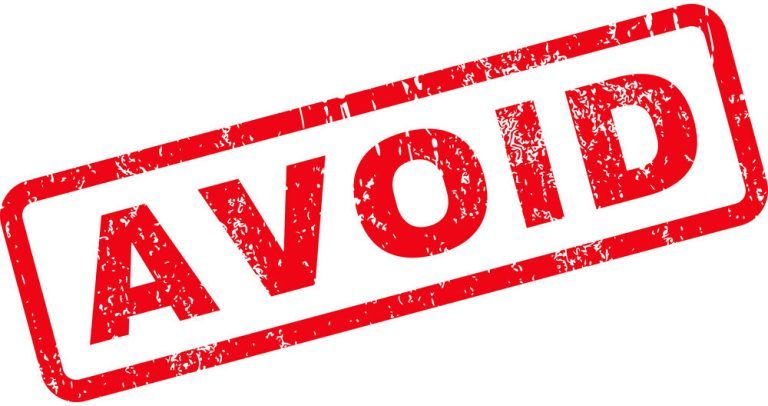
Look for Certifications
Ecolabeling represents a voluntary approach for certifying and labelling products that conform to specific environmental criteria, subject to validation by an impartial third party, offering a convenient means to distinguish eco-friendly and high-quality products.
ORAPI has Ecovadis’ Gold rating, which demonstrates a level of commitment to sustainability practices and responsible business conduct in areas such as environmental impact, labour and human rights practices, ethics, and sustainable procurement practiced by only the top 5% of the companies in the industry
Other than that, ORAPI is also NSF certified, which gives our consumers the confidence that our products have undergone rigorous testing and meet certain safety, quality, and performance standards established by the independent organisation.
ORAPI RECOMMENDS:
- One-step disinfectant and cleaner.
- Professional formulation recommended for surface cleaning and disinfection in medical, food, industrial, offices, and childcare.
- Reduce viral contaminations.
- Leaves a fresh scent.
- Ideal for everyday cleaning and disinfecting: toilets, rubbish bins, microwaves, working surfaces, countertops, tables, fridges, etc.
- No-rinse.
Buy Greener Products
Avoid Products With Synthetic Fragrances
Terms like ‘parfum’ or ‘perfume’ might be used in ingredient lists. Manufacturers aren’t mandated to specify the chemicals within the fragrance, which could encompass harmful elements like phthalates. These fragrances are commonly found in laundry items, yet it’s feasible to discover alternatives that are free from fragrance.
Considerations to Factor in When Using Air Fresheners
Dust and Endocrine Disruptors

Hazardous chemicals are present not only in cleaning products; they can also build up in household dust. Keeping your home as dust-free as you can should reduce your potential exposure. Here are three ways of reducing your risk:
- Vacuum and dust with a damp cloth frequently to prevent dust build-up. Simply using a cloth dampened with water avoids adding to the amount of harmful chemicals in your home. Avoid using a dry cloth or mop, as these can move dust around rather than get rid of it.
- Ventilate your space by opening windows when you can. This will help prevent the build-up of chemicals in the air and dust inside the home.
- Clean carpets regularly. Carpets can contain harmful chemicals and collect household dust. See our guide to avoiding endocrine disruptors in carpets for more information.
Conclusion: Endocrine Disruptors in Cleaning Chemicals
The presence of endocrine disruptors in everyday cleaning products poses significant risks to our health and well-being. These harmful chemicals, such as cyclosiloxanes, glycol ethers, phthalates, parabens, alkylphenols, ethanolamides, BPA, and triclosan, can profoundly impact hormonal balance and health, leading to various health complications. Avoiding these substances is vital for safeguarding our health. The article offers essential insights on identifying these chemicals in product labels, opting for eco-certified and greener alternatives, and minimising exposure through informed consumer choices. Embracing these guidelines not only promotes a healthier lifestyle but also contributes to a more sustainable and environmentally conscious approach to cleaning, ensuring a safer living environment for all.









